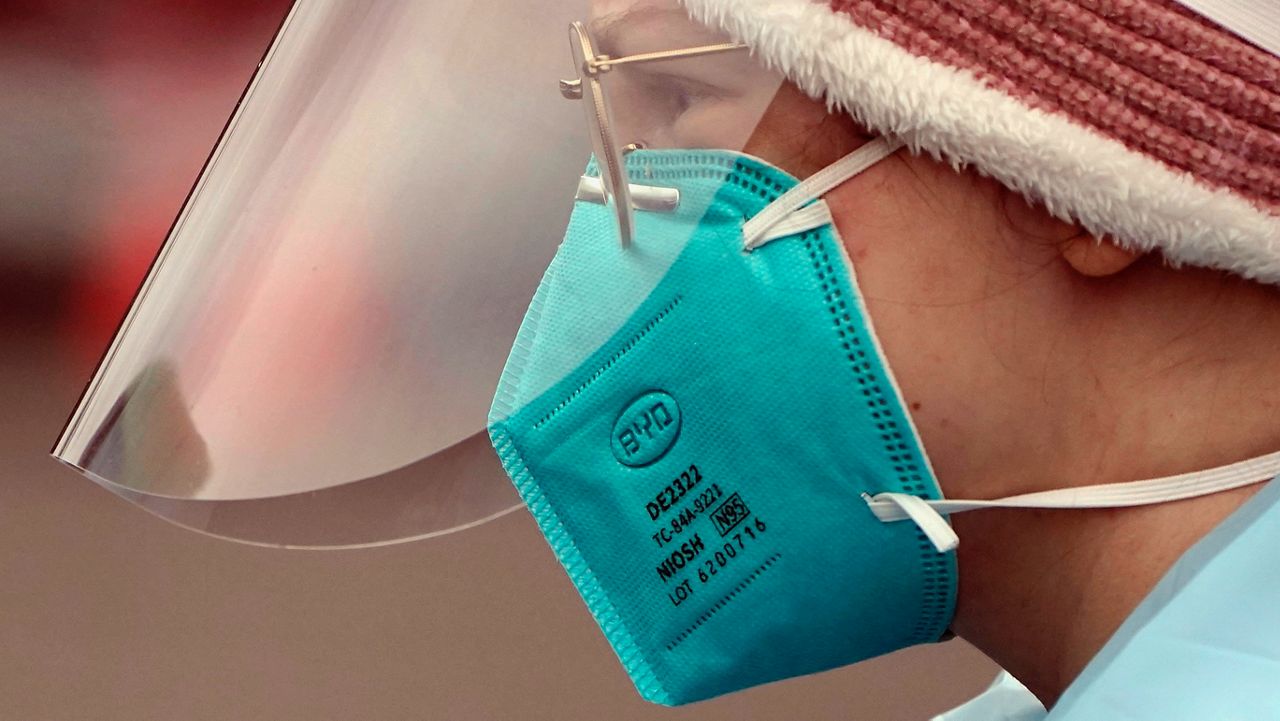A highly transmissible new omicron subvariant known as XBB.1.5 accounts for more than 70% of the COVID-19 cases New York City has seen in recent weeks, the city health department said Friday.
As of Dec. 31, 73% of reported COVID-19 infections in the five boroughs were linked to the subvariant, data from the city’s Department of Health shows.
XBB.1.5 is "the most transmissible form of COVID-19 that we know of to date,” the department said on its website.
What You Need To Know
- A highly transmissible new omicron subvariant known as XBB.1.5 accounts for more than 70% of the COVID-19 cases New York City has seen in recent weeks
- As of Dec. 31, 73% of reported COVID-19 infections in the five boroughs were linked to the subvariant, data from the city’s Department of Health shows
- XBB.1.5 “is the most transmissible form of COVID-19 that we know of to date,” the department said
“It may be more likely to infect people who have been vaccinated or previously had COVID-19 compared to prior variants,” the department wrote. “We do not know yet whether XBB.1.5 may cause more severe disease.”
“Getting the COVID-19 vaccine — including the updated booster — is still the best way to protect yourself from hospitalization and death from COVID-19, including from these new variants,” it added.
The XBB.1.5 subvariant, which was first detected on Oct. 22, had been reported in 38 different countries as of Wednesday, according to the World Health Organization.
The U.S. had seen the vast majority of cases linked to XBB.1.5 — 82.2% — as of Wednesday, while the United Kingdom and Denmark were reporting 8.1% and 2.2% of cases, respectively, the WHO said.
Nationwide, a Centers for Disease Control and Prevention estimate shows that XBB.1.5 is set to account for 43% of cases during the week of Jan. 8 to Jan. 14, up from around 4% last month.
What concerns health experts is that XBB.1.5 contains more mutations to evade immunity than any other variant. At a news conference last week, Dr. Maria Van Kerkhove, the WHO’s technical lead for the COVID-19 response, called it “the most transmissible subvariant that has been detected yet.”
The WHO said Wednesday the subvariant does not have any mutation known to be associated with greater severity of the disease, but noted it lacks the real-world data to draw any conclusions yet.
Andy Pekosz, a professor of molecular microbiology and immunology at Johns Hopkins University, said XBB.1.5 has so far not caused a surge in infections like omicron did last winter, but he said case rates are likely to rise.
“We’re also coming out of a period when we already expected transmission to go up, due to increased travel and holiday gatherings,” Pekosz said in an article on the Johns Hopkins Bloomberg School of Public Health website. “Because XBB.1.5 arose around Thanksgiving, we’re still figuring out how much transmission is a result of the seasonal activity we had anticipated and how much is being driven specifically by XBB.1.5.”
As of Friday, the five boroughs’ COVID-19 infection rate, which is on the decline, stood at 13.5%, health department data shows. The city’s daily average hospitalizations and fatalities were also decreasing.





_PKG_CENTRAL_PARK_HOSP_CG_133817001_3232)


